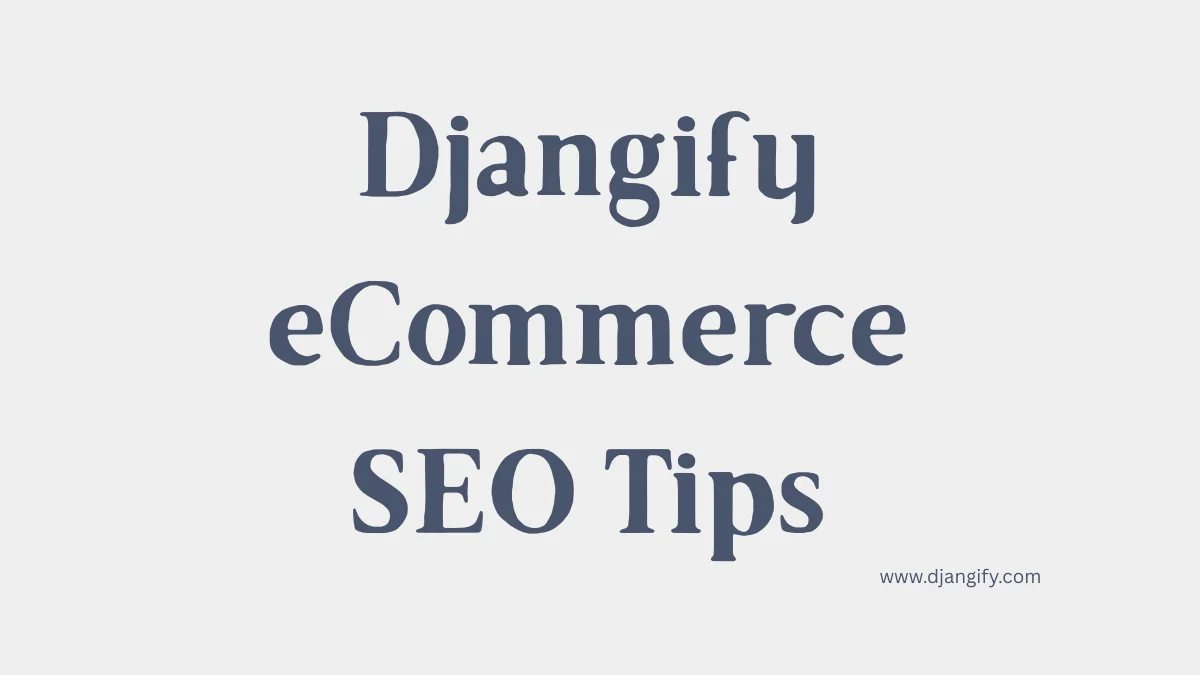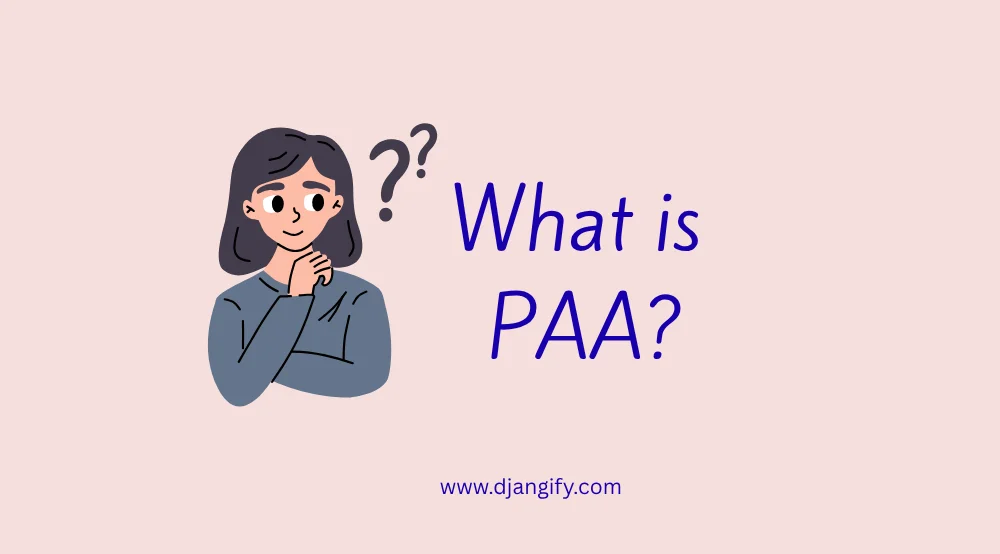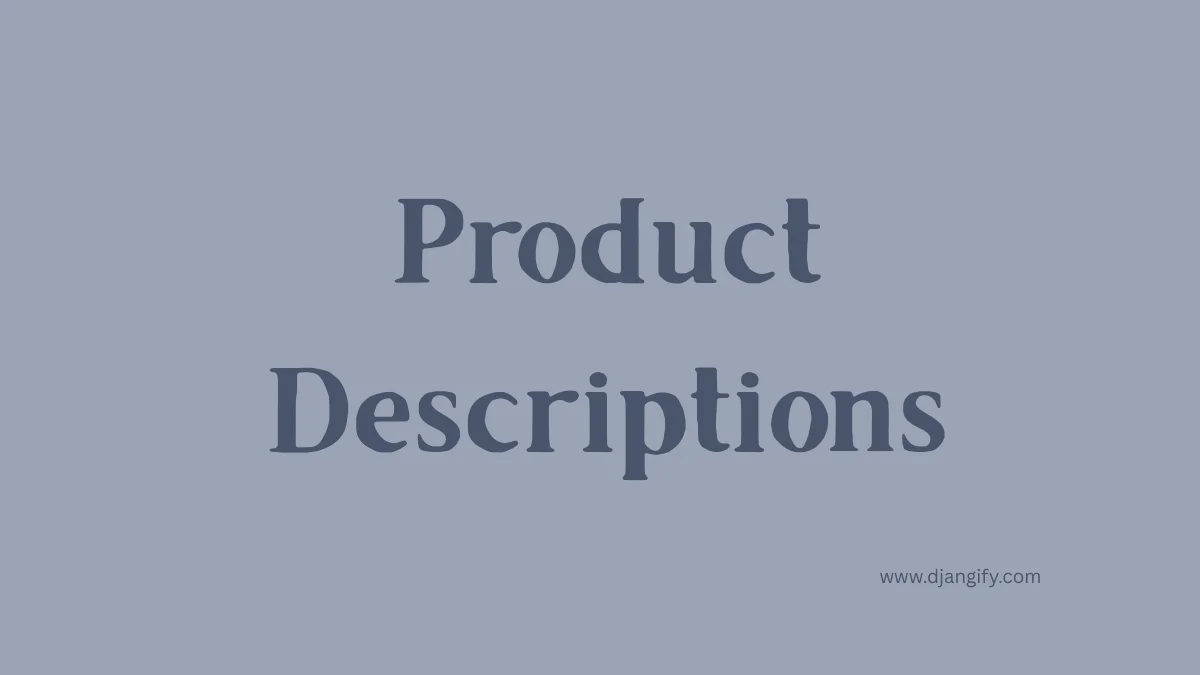If you sell digital products, search visibility determines how many people discover you. Yet many creators unknowingly block their own progress through small technical or writing mistakes. Today I cover the seven most common errors and how to fix them, using the example of a business mother who sells a downloadable meal-prep guide for feeding picky eaters.
1. Writing for Algorithms Instead of Humans
The biggest mistake is believing SEO means writing for search engines. Your first audience is people.
When you describe your meal-prep guide, focus on what a reader feels and needs:
“This practical guide helps busy mothers plan healthy meals their children will actually eat, even with limited time or patience for cooking.”
That natural, empathetic sentence already contains the phrases people search for. Search engines reward clarity and relevance, not forced repetition. If the text sounds robotic, rewrite it until it flows like conversation.
2. Ignoring the First 100 Words
Google often uses the first paragraph to decide topic and intent. Many product pages begin with long introductions that say little. Instead, open with a concise statement of purpose:
“Created by a working mother, this downloadable meal-prep guide teaches quick ways to cook nutritious food for picky eaters while keeping family evenings calm.”
Within one short paragraph, the reader knows what it is, who it is for, and what outcome it offers. That directness serves readers and search engines equally.
3. Forgetting Meta Titles and Descriptions
Creators often upload products but leave default page titles such as Home or Download Now. Search engines display these in results.
A strong meta title might read:
“Meal-Prep Guide for Busy Mothers – Quick Recipes for Picky Eaters.”
The matching description could say:
“Learn to plan healthy meals in half the time with this digital meal-prep guide for parents who juggle work and family.”
Write these two lines as invitations, not labels. They decide whether someone clicks your result or the one above it.
4. Uploading Images Without Descriptions
Images carry SEO weight. If you upload a photo called image1.jpg with no description, search engines learn nothing from it.
Rename and describe each image clearly: meal-prep-planner-for-picky-eaters.webp
Alt text: “Printable meal-prep planner showing weekly schedule and quick-cook recipes.”
This step improves accessibility, loading clarity, and search accuracy.
Human readers benefit too because they understand what the image represents if it fails to load.
5. Skipping FAQs and Schema
Buyers have questions before they purchase. Search engines look for those answers. Adding a short FAQ section under your product description helps both.
Example:
Question: How long does the meal-prep guide take to use each week?
Answer: Most parents complete a week’s plan in under fifteen minutes. The guide includes ready-made templates and ingredient lists that reduce decision fatigue.
Adding FAQ schema code labels these sections for Google, improving your chance of appearing in People Also Ask results.
6. Neglecting Updates
SEO is not a one-time setup. Out-of-date information tells Google your site may be inactive. Review your pages every three months.
Update:
- Any references to years or seasons.
- Screenshots of pages or files.
- Pricing or download details.
- New customer testimonials.
For the meal-prep guide, mention when recipes or templates were last refreshed.
Small updates show both your readers and Google that your content is alive and relevant.
7. Forgetting the Call to Action
Many creators finish with information but never tell the reader what to do next.
Always close with a single, confident sentence that confirms the benefit:
“Download your meal-prep guide today and start feeding your family better with less stress and less waste.”
It reads naturally, reassures the buyer, and reinforces the main keyword without repetition.
Checklist for Store Owners
- Have you written the first paragraph for a human reader?
- Does your title describe what the product is and who it helps?
- Are meta titles and descriptions unique and persuasive?
- Do images have descriptive filenames and alt text?
- Does each product include an FAQ section?
- Have you reviewed your pages this quarter?
- Does every page end with a clear call to action?
Why This Matters
SEO is not separate from customer care. Each small optimisation—clear writing, accurate titles, meaningful images—helps people find and trust you. When visitors enjoy reading your pages, search engines notice through engagement signals.
Writing for humans first is the simplest, most reliable form of SEO.
Frequently Asked Questions
Q1: What keywords should I use for a meal-prep guide?
Focus on phrases that reflect real problems: healthy meal prep for busy mums, quick dinners for picky eaters, family meal planner PDF. Use these naturally in titles and first paragraphs. Avoid chasing high-volume terms that do not describe your exact offer. Relevance and clarity bring better long-term traffic than generic keywords.
Q2: How often should I check my SEO setup?
Review quarterly or after any major product update. Check that meta titles match current messaging, images have alt text, and no pages return errors. SEO health is similar to housekeeping—regular attention prevents decline. Frequent small edits are more effective than rare large rewrites.
Q3: Does blogging help product SEO?
Yes, if the content links directly to your offers. A post about “five quick lunches for picky eaters” that mentions your meal-prep guide builds relevance and topical authority. Keep posts practical, brief, and human-centred. Quality internal linking improves both user experience and rankings.
Q4: Should I pay for SEO tools as a small creator?
Start with free tools such as Google Search Console, Bing Webmaster Tools, and keyword explorers that show limited data at no cost. Learn what real customers type before buying. Paid tools are useful later for scale, but understanding intent matters more than large data sets.
Q5: What is the fastest SEO fix for a product page?
Rewrite the first paragraph. Make it clear, useful, and emotionally resonant. Add one relevant image with descriptive alt text. Check that your meta title and description read like a short advert. These quick improvements often produce visible changes in traffic within weeks.
Final Thought
Search optimisation is about communicating clearly with the people you want to reach. When your product page answers genuine questions, tells a believable story, and helps visitors feel understood, you earn the kind of visibility that lasts longer than any algorithm update.


